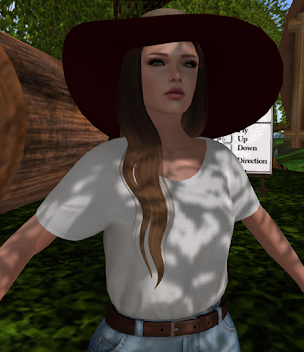WEEK 1
Our homework in the first week of our open and distance learning lesson was to edit our website or blogs. In my blog called Edudemic, there are many websites and applications that will be useful for online education and make it easier for teachers. The most important editing I made on my blog was the theme. While the old theme was suffocating and boring, the current one is more colorful, suitable for the general theme of my blog and it looks fresh. In the first week, I made these editings and handed in my homework.
My Blog
WEEK 2
Our topic in class this week was a new one for me. We talked about Reflecting on CPD's, IATEFL Teachers Research, INGED, Reflective Practice, Resource Sharing. In our classroom activity, our teacher gave us a paper and it had the options "Ididn't know, Now I know!, I will make use of this information in my career, and I don't think I'll need this". We grouped the subjects we learned under these headings, whichever suits us, and handed over the photo of the paper as homework.
As homework for the second week, I attended a webinar and some facebook groups. The webinar was about the challenges, barriers that we may encounter in the classroom and how we can overcome them. There were 3 speakers. Topics also included the link between physical comfort and student engagement. Along with this, I joined facebook groups IATEFL,
INGED, TEFL Teachers.
WEEK 3
In our third week, we searched and found digital materials online with our group. While researching, we used resources such as 5 minute English. We consulted with our teacher when necessary and he guided us. He also warned us not to make changes to our material in this week's lesson. We then presented these materials in the classroom. The material we found was a board activity. The activity is played by rolling dice. "How often...?" the question is asked. and students say how often they do the activity in the corresponding box. Thus, they reinforce the subject of adverbs of frequency.
WEEK 4
In this week's lesson, we adapted the material we found the previous week. Some of the photos in the board activity were photos that we could not show the students during the lesson. (Alcohol, gambling, etc.) For this reason, we have replaced some of these photos with other photos. (volleyball, breakfast, etc.) At the same time, we deleted one tile completely because there was no suitable photo to replace it. Thus, our material can be used easily in the course. In addition, we adapted our material online thanks to the online dice program.
WEEK 5
The topic of the week was learning to design K5P Projects using Lumi. Our teacher told us to take a look at Lumi before class. That's what I did and downloaded several types of projects. In the lesson, together with my group of friends, we chose the subject of directions.
We noticed that students chose more difficulties in learning patterns such as turning right, turning left, going straight, etc. Because this subject is a subject from life and it is not learned by memorization only. For this reason, we wanted to design a real-life project for students as much as possible. We consulted our teacher and got an idea, and finally, we decided to use POV-style videos, which are videos of people walking on the streets of a country.
As the person walking in the video progresses, a question will appear on the screen asking how to get to a place seen in the video. More than one option will be given in the question and the correct one will be selected from these options. Thus, students will be able to see the directional patterns they have learned and where to use them in real life, in a good way.
The POV Video
WEEK 7
Our seventh week homework was to make a youtube video. We thought and decided on the subject of the video with my group friends. Also, we were split into two teachers and two students. Next, we created the content of the video. At the beginning of the video, we briefly talked about what we will talk about in this video and the definition of friendship. Then, we asked the students two warm-up questions, introduced the vocabulary to the students, and asked if there were any words on the list that they did not know.
We reinforced these words with a wheel game. As the second activity, we did a flashcard activity that we prepared with Lumi. Students see the meaning of a word and a related image, and they try to write which word it is. This game ends with them finding a few words.
Then we do the finale. And the video ends with the teacher asking the students for their opinions on the lesson.

.png)
.png)

.jpg)

































